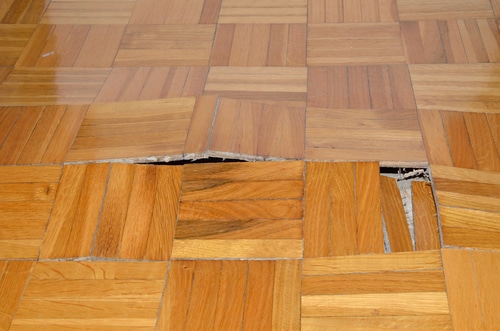Overview To Water Leak Detection At Home
Overview To Water Leak Detection At Home
Blog Article
Just about every person has their unique opinion on the subject of Locating water leaks.

Early discovery of dripping water lines can alleviate a prospective disaster. Some tiny water leaks might not be visible.
1. Examine the Water Meter
Every residence has a water meter. Examining it is a surefire manner in which aids you discover leakages. For starters, switch off all the water resources. Make certain nobody will certainly flush, utilize the tap, shower, run the cleaning maker or dish washer. From there, go to the meter and also watch if it will certainly transform. Because nobody is utilizing it, there need to be no motions. If it moves, that shows a fast-moving leakage. If you identify no changes, wait a hr or two as well as inspect back once more. This indicates you may have a sluggish leakage that could even be below ground.
2. Examine Water Intake
Examine your water bills and track your water intake. As the one paying it, you ought to discover if there are any type of disparities. If you identify sudden changes, in spite of your intake coinciding, it indicates that you have leaks in your plumbing system. Bear in mind, your water expense should fall under the same range monthly. An unexpected spike in your expense suggests a fast-moving leakage.
On the other hand, a constant rise every month, even with the same routines, shows you have a sluggish leakage that's likewise gradually intensifying. Call a plumber to completely check your property, particularly if you really feel a warm location on your floor with piping beneath.
3. Do a Food Coloring Test
When it comes to water intake, 30% comes from commodes. If the shade in some way infiltrates your bowl throughout that time without flushing, there's a leakage in between the container and dish.
4. Asses Outside Lines
Do not fail to remember to check your outside water lines too. Should water permeate out of the link, you have a loosened rubber gasket. One tiny leakage can waste bunches of water as well as spike your water bill.
5. Evaluate and also Analyze the Situation
Home owners should make it a behavior to inspect under the sink counters as well as also inside closets for any type of bad odor or mold and mildew growth. These two red flags indicate a leakage so timely interest is required. Doing regular assessments, even bi-annually, can save you from a significant problem.
Check for stainings and also damaging as the majority of pipes as well as appliances have a life expectations. If you think leaking water lines in your plumbing system, do not wait for it to escalate.
Early detection of dripping water lines can minimize a possible disaster. Some little water leaks may not be noticeable. Inspecting it is a guaranteed method that helps you uncover leaks. One little leak can throw away lots of water and also surge your water bill.
If you presume dripping water lines in your plumbing system, don't wait for it to rise.
WARNING SIGNS OF WATER LEAKAGE BEHIND THE WALL
PERSISTENT MUSTY ODORS
As water slowly drips from a leaky pipe inside the wall, flooring and sheetrock stay damp and develop an odor similar to wet cardboard. It generates a musty smell that can help you find hidden leaks.
MOLD IN UNUSUAL AREAS
Mold usually grows in wet areas like kitchens, baths and laundry rooms. If you spot the stuff on walls or baseboards in other rooms of the house, it’s a good indicator of undetected water leaks.
STAINS THAT GROW
When mold thrives around a leaky pipe, it sometimes takes hold on the inside surface of the affected wall. A growing stain on otherwise clean sheetrock is often your sign of a hidden plumbing problem.
PEELING OR BUBBLING WALLPAPER / PAINT
This clue is easy to miss in rooms that don’t get much use. When you see wallpaper separating along seams or paint bubbling or flaking off the wall, blame sheetrock that stays wet because of an undetected leak.
BUCKLED CEILINGS AND STAINED FLOORS
If ceilings or floors in bathrooms, kitchens or laundry areas develop structural problems, don’t rule out constant damp inside the walls. Wet sheetrock can affect adjacent framing, flooring and ceilings.
https://www.servicemasterbyzaba.com/blog/how-to-detect-water-leakage-in-walls/

I hope you enjoyed our topic on Locating water leaks. Thank you for finding the time to read through our short article. Do you know about someone else who is looking into the niche? Feel free to promote it. Bless you for your time. Visit us again soon.
Report this page